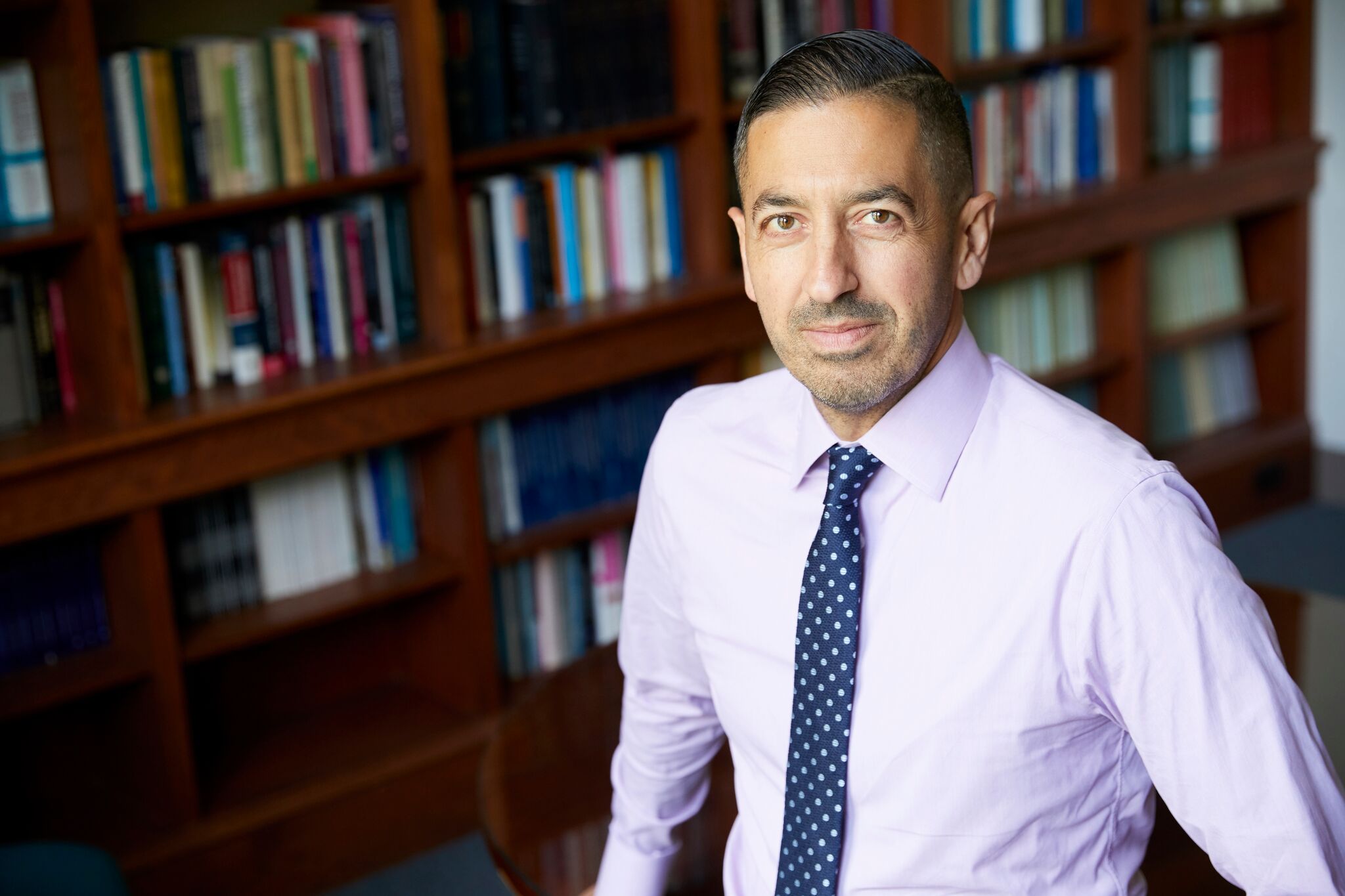The opioid epidemic is the public health crisis of our time: With 64,000 annual deaths, it has surpassed the peak losses of all other epidemics, including HIV/AIDS. The financial toll is staggering: over $500 billion annually. Myriad solutions have been proposed, some implemented. And yet, the overall national response remains tepid.
We believe that a major reason for this is the prevailing tendency to see the opioid epidemic as a problem of the other. Elevating the human dimension of the crisis, and recognizing that this is not about them, but about us, can go a long way towards redressing our predicament. Fortunately, a vast literature exists to aid our efforts because some of the most eloquent literary minds have written about addiction to opioids.
The ties between aesthetic power and opioid addiction are as old as ancient Greece, where Homer sang in Book Four of “The Odyssey” about opium as “the drug to heal all pain and anger, and bring forgetfulness of every sorrow.” In his 1821 memoir, “Confessions of an English Opium Eater,” Thomas DeQuincey provided one of the most comprehensive accounts of life in the throes of addiction, which he summarized concisely: “Opium gives and takes away.”
The extreme highs and lows experienced by DeQuincey’s opium eater provided a predictable lesson, in keeping with DeQuincey’s hope that his “Confessions” would be morally “useful and instructive.” But the book’s nuanced portrait of the different stages of addiction, and of the many varieties of addicted states, was also pivotal to the scientific study of addiction. According to Alethea Hayter, “It was not till ‘The Confessions of an English Opium Eater’ was published, and at once aroused enormous interest, that opium addiction began to be considered as a separate medical and psychological phenomenon which ought to be studied.”
This would not have surprised Sigmund Freud, who drew on literature to understand the human suffering and neuroses he encountered as a clinician. As he put it, “The poets and philosophers before me discovered the unconscious. What I discovered was the scientific method by which the unconscious can be studied.” While Freud distinguished the aims of science from those of the humanities, he understood the latter as essential to the understanding, indeed improvement, of society.
Our era has its own cultural treasures that illuminate the experiences of addiction and provide insights for those on the front lines of diagnosis and treatment. David Foster Wallace, like Thomas DeQuincey, experienced firsthand the harrowing cycle of addiction that he wrote about so compassionately in his epic novel, “Infinite Jest.” Like Herman Melville, who in “Moby-Dick” presents the New England whaling industry as key to 19th century American culture, Wallace in “Infinite Jest” presents addiction as key to U.S. culture in the 1990s, which we can recognize in 2018 as prophetic.
Set in Boston, the novel represents addiction through both individual characters and the institutions that seek their rehabilitation. Wallace captures particularities as well as trends, detailing the rituals that define social relations in different contexts — from the banks of the Charles River where homeless persons who use opioids live, to the private boarding schools where high-achieving young drug users work and play, to the rehabilitation centers where almost everyone ends up. For Wallace, speech expresses who we are and have the potential to be, so the novel is a chorus of monologues, dialogues, and lingoes — sometimes vital, sometimes deadening — favored by street-people and students, patients, doctors, friends, and family — in short, all those whose lives are affected by narcotics, which is to say, everyone.
Addiction is nothing if not democratic. This is the message of major TV serials, the medium that has become increasingly pivotal in explaining our culture to itself. Walter White, the Everyman hero of Vince Gilligan’s “Breaking Bad” is a drug producer, dealer, killer, and liar. But the respect he earns as a vengeful criminal is denied the dutiful victim he plays in the early episodes. The serial thrusts this moral dilemma on us as viewers and, in so doing, illuminates the human condition. On the one hand, we are all just chemical compounds, victims, ushered from matter to existence, then back to matter in death. What we manage to make of our mercilessly abbreviated lives is up to us.
“Infinite Jest” and “Breaking Bad” reveal how democratic and pervasive addiction is: a plight of families, friends and colleagues. They remind us that the humanities have a central role in teaching us how to see the common thread that binds this epidemic to us all, and motivate us to act to reduce the death and suffering that afflicts so many. If saving people requires acknowledgment of their common humanity, keeping them saved requires respecting the distinctiveness of every human life and story.
Susan Mizruchi is William Arrowsmith Chair in Humanities and Director of the Center for Humanities; Sandro Galea is Robert A Knox Professor and Dean of the School of Public Health, both at Boston University. They are co-hosting a forum, “Humanities Approaches to the Opioid Crisis.” on October 12th-13th.
Follow us on Facebook for all the latest news on how you can keep Thriving.
More from Thrive Global:
8 Things You Should Do After 8 P.M. If You Want to Be Happy and Successful


